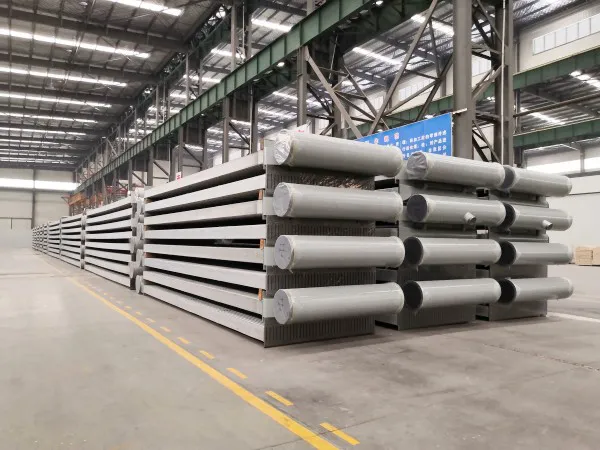
Finned Tube Bundle
The finned tube is an efficient heat transfer element, the core and key component of the common air cooler, its quality directly affects the performance of the common air cooler, and the cost of the finned tube in the common air cooler accounts for about 60% or more of the total cost of the tube bundle.
Types of finned tubes
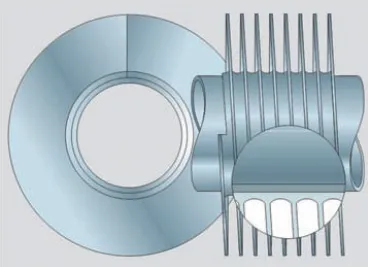
L-type finned tubes
L-type finned tubes are easy to manufacture and cheap, and are used in large numbers in petrochemical air coolers. However, since the aluminum fins are fastened to the surface of the steel tube by the initial stress of winding, the operating temperature is low, generally 120-160℃, and the maximum operating temperature of L-type finned tubes is 150℃ as stipulated in the national standard GB/T 15386-94 for air coolers. When the tube wall temperature exceeds 70℃, the fin tension is greatly reduced, the fins start to loosen, the contact thermal resistance increases, and the performance is not good. Therefore, L type winding tube is suitable for the situation of smooth working conditions and no sudden change in temperature, and should not be used for the situation of great vibration. It is poorly resistant to atmospheric corrosion and has a very short service life in wet air cooling.
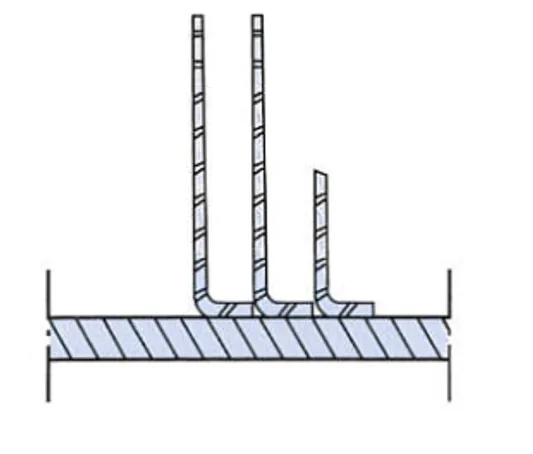
LL type finned tube
LL type finned tube is also a kind of winding tube, whose fin roots overlap each other and have good contact with the tube wall, ensuring complete coverage of the tube wall and preventing corrosion of the outer surface of the tube by the atmosphere, and the operating temperature is higher than L type. The maximum operating temperature of LL type finned tube is 170℃ as stipulated in GB/T 15386-94, the national standard of air cooler. LL type finned tube is suitable for the situation of smooth working conditions and no sudden change in temperature, it protects the inner tube better and has better atmospheric corrosion resistance than L type, and is suitable for wet air cooling. The heat transfer performance is also better than L type, and its price is more expensive than L type.
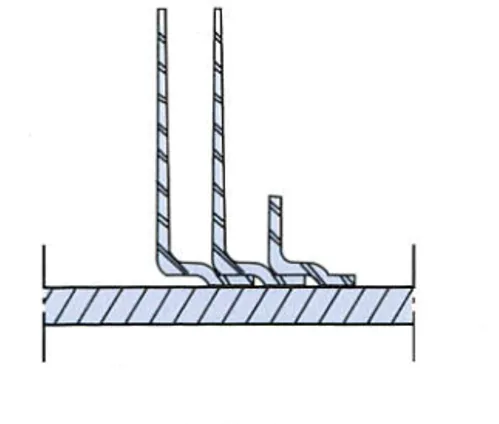
KL type finned tube
KL type finned tube is an L-shaped winding tube. The surface of the tube is rolled first during manufacturing, and then rolled once on top of the L-foot simultaneously when winding the tube, so that part of the L-foot area is embedded in the surface of the tube. This increases the contact area between the fins and the tube surface by 50%, which means that the heat flux per unit area is also reduced by 50%, so that the heat stress at the root of the fins is very small, and even after several thousand thermal cycles, the contact area remains larger than the area of the L foot itself. The fins have a large contact area with the tube, fit tightly and securely, and can keep its performance unchanged for a long time. The bonding force between the fins and the steel tube and the ability to withstand cold and hot rapid changes are better than L-type and LL-type finned tubes. The national standard GB/T 15386-94 of air cooler stipulates that the maximum use temperature of KL-type finned tube is 250℃.
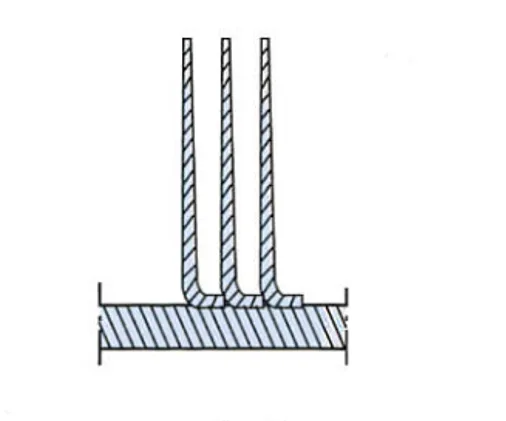
G-type finned tube
The aluminum fins are embedded in a spiral groove about 0.25~0.5mm deep on the surface of the steel pipe, while the metal extruded from the spiral groove is rolled back to the fin root.
The biggest advantage of this kind of finned tube is that it has good thermal performance, the working temperature can reach 350~400℃, and the fin temperature can reach 260℃, and the maximum use temperature of G type finned tube is 350℃ as stipulated in GB/T 15386-94, the national standard of air cooler.
The disadvantage is that the fins and tubes of the two metals in the atmosphere are prone to electrochemical corrosion, poor corrosion resistance and high cost. The tube wall has stress concentration and cannot be used for medium and high pressure applications. If the pressure is not squeezed well (the edge of the spiral groove is not close to the aluminum sheet), its heat transfer performance is worse than any finned tube.
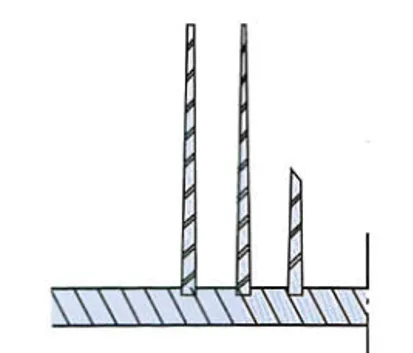
DR type finned tube
Bimetal rolled type finned tube is the good corrosion resistant type tube. It overcomes the shortcomings of L-type and LL-type finned tubes. The inner tube is selected according to the corrosion of thermal fluid and pressure, such as carbon steel, stainless steel, titanium, brass, etc. The outer tube can be made of metal with good ductility and resistance to atmospheric corrosion, and good heat transfer performance, usually use the aluminum. The inside and outside the tube can be completely close together after being rolled.
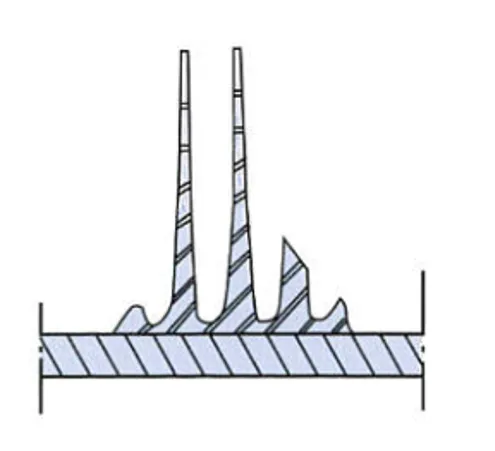
Advantages
1. Good corrosion resistance, aluminum outside the inner tube can protect the inner tube from corrosion, so it has the long service life.
2. Good resistance to sudden changes in temperature and vibration, the maximum use temperature of DR-type finned tube is 280℃ as stipulated in GB15386-94. Good heat transfer performance, as the performance between G-type and L-type finned tubes.
3. High fin integrity and rigidity, not easy to be deformed because of the solid fins, available for high-pressure water and high-pressure gas to clear the scale. At the same time, due to the close combination of inner and outer tubes, it can maintain high heat transfer performance for a long time.
Disadvantages
High cost, high manufacturing technology requirements, high weight. Compared with the L-type finned tube, the total price of equipment increased by 5-7%.

